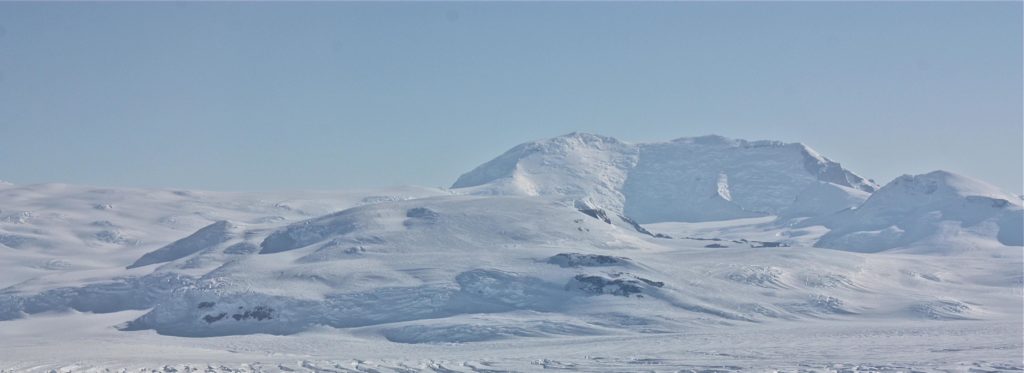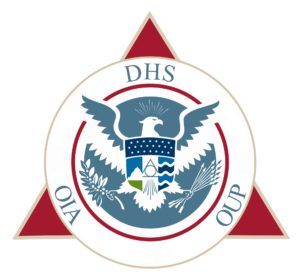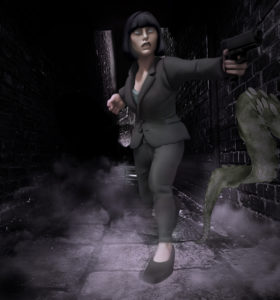I’ve had a love affair with Antarctica since I was around 11 or 12. Someone gave my mom a number of National Geographic magazines and one of them contained a map of Antarctica. I devoured the information on that map. And before that Shackleton had become something of a hero for me.
So it’s only natural that I found myself drawn to Lovecraft’s At The Mountains Of Madness. And recently reread the novel for background information as I researched my eighth Pierce Mostyn Paranormal Investigation, which takes Mostyn and friends to the bottom of the world.
Of course today we know there are no massive mountain ranges as Lovecraft described in his book, and there’s no sacred city of the Elder Things nestled in the foothills and valley of the smaller of those great ranges.
That is the stuff of fiction. When an unexplored continent provided plenty of room for the imagination to take flight.
However, one aspect of Lovecraft’s tale is at least partially true: there are indeed freshwater lakes beneath the Antarctic ice sheet. Whether or not they are inhabited by Elder Things and shoggoths remains to be seen.
Of interest, ironically so, the coordinates Lovecraft gave for the Mountains of Madness are not far off from the location of the great sub-glacial Gamburtsev Mountain range, also known as the Ghost Mountains.
The mountain range, however, is not visible. It is entirely below the surface of the ice. Exploration is being carried out by modern technology. What a wonderful world in which we live where we can go where no one has gone before without actually going there!
The Gamburtsev Mountains are the real Mountains of Madness. But will we find the caves and strange cube-like structures that Lovecraft described on the mountains? Will we find on the eastern side, nestled in the foothills, an enormous metropolis preserved by the ice as Pompeii and Herculaneum were preserved by Vesuvius? Will we find a tunnel leading to the sub-glacial lakes, occupied by those blasphemously hideous agglutinations of protoplasmic bubbles?
Who knows? Perhaps Lovecraft was right after all. Dr Rafe Bardon, Director of the Office of Unidentified Phenomena, has his own ideas, and the Russian drilling into and possible contamination of Lake Vostok might have greater consequences of dire import than we could ever imagine, or Lovecraft either, for that matter.
What I do know is that Pierce Mostyn… Wait a minute. Is that a knocking at my door I hear? Let me see who it is. I won’t be long.
As Mr Hawes hasn’t returned, I, his VA, will end the post as he usually does. Hopefully he’ll be back in time for next week’s post.
Comments are always welcome! And until next time (if there is a next time), happy reading!
Share This!

